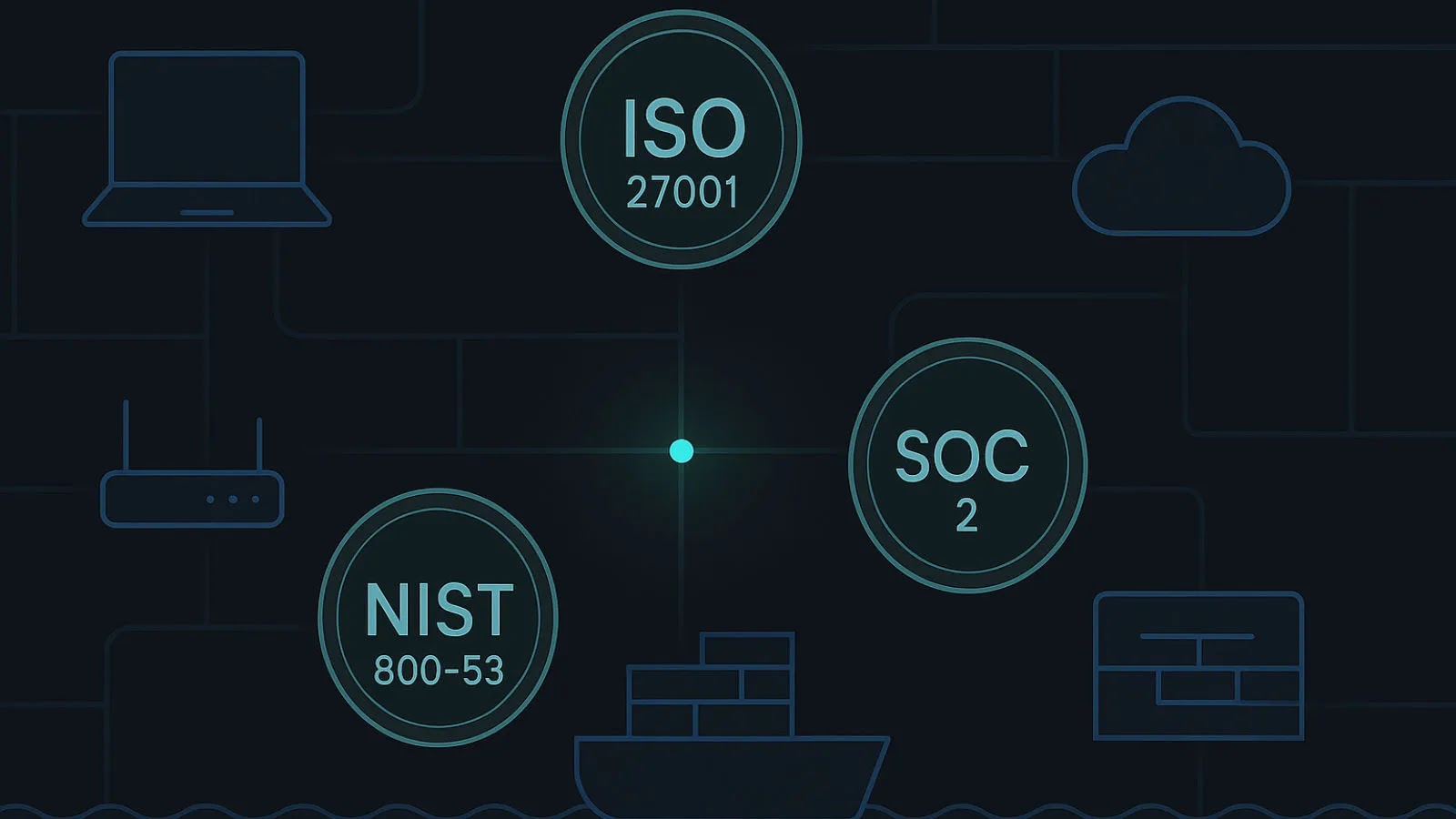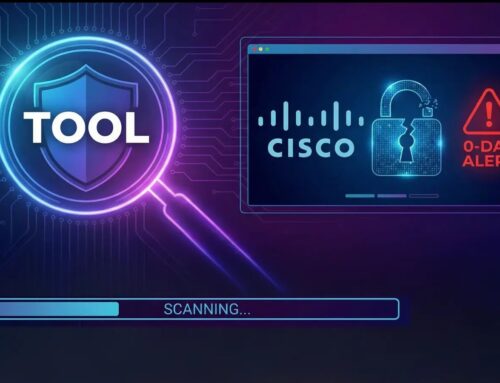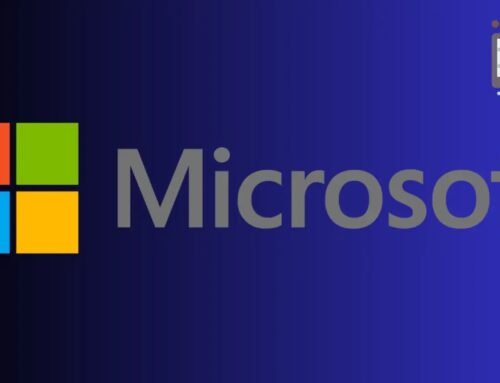
The Network-Security Compliance Checklist: 25 Controls, Mapped And Audit-Ready
Navigating the New SEC Compliance Mandate: Your Network Security Checklist for Audit Readiness
The landscape of cybersecurity compliance has shifted dramatically. With new SEC rules, U.S. public companies now face a stringent four-business-day deadline to disclose any ‘material’ cybersecurity incident, a requirement largely effective since December 15, 2023. This rapid response mandate, coupled with the escalating global cost of data breaches, underscores an inescapable truth: robust network security is no longer merely good practice—it’s a critical legal and financial imperative. As organizations scramble to meet these accelerated reporting demands, the foundational element of their defense, network security compliance, has ascended to paramount importance. This article details a comprehensive, 25-control checklist designed to bring your network security posture to an audit-ready state, ensuring you’re prepared not just for incidents, but for the scrutiny that inevitably follows.
The Urgency of Compliance in a Post-SEC Rule Era
The recent SEC rules mark a pivotal change in how cybersecurity incidents are perceived and reported at the corporate level. Previously, reporting timelines could be more ambiguous, but the new mandate establishes a clear, unforgiving four-day window. This significantly compresses the time available for incident response, analysis, and determination of materiality. Companies must possess an agile and mature cybersecurity program to accurately assess an incident’s impact and make timely, informed disclosures. Failure to meet this deadline can result in severe legal and reputational repercussions. This heightened regulatory pressure necessitates a proactive rather than reactive approach to network security and compliance.
Understanding Materiality in Cybersecurity Incidents
Defining a ‘material’ cybersecurity incident is crucial under the new SEC guidelines. Materiality generally refers to information that a reasonable investor would consider important when making investment decisions. For cybersecurity incidents, this could encompass data breaches leading to significant financial loss, operational disruption, damage to intellectual property, or widespread compromise of sensitive customer information. The determination of materiality is complex and often requires a cross-functional assessment involving legal, financial, and technical teams. A robust network security framework, supported by comprehensive monitoring and incident response plans, is essential for rapid and accurate materiality assessments.
The 25-Control Network Security Compliance Checklist: Foundations for Audit Readiness
Achieving audit-ready network security compliance involves a structured approach to identifying, implementing, and validating controls across various domains. While specific frameworks like NIST, ISO 27001, or CIS Controls offer detailed guidelines, this checklist distills critical areas into 25 actionable controls. These are designed to provide a comprehensive baseline for organizations aiming to harden their network defenses and demonstrate adherence to best practices and regulatory requirements.
- Network Segmentation: Implement strict network segmentation to isolate critical systems and data, limiting the blast radius of any potential breaches.
- Firewall Configuration & Management: Ensure firewalls are properly configured, regularly updated, and provide robust perimeter defense.
- Intrusion Detection/Prevention Systems (IDS/IPS): Deploy and maintain IDS/IPS solutions to detect and prevent unauthorized access and malicious activity.
- Network Access Control (NAC): Enforce policies that govern device access to the network, ensuring only authorized and compliant devices can connect.
- Vulnerability Management Program: Establish a recurring program for identifying, assessing, and remediating network vulnerabilities.
- Patch Management: Implement a rigorous patch management process for all network devices and operating systems.
- Secure Configuration Baselines: Define and enforce secure configuration baselines for all network devices and servers.
- Wireless Network Security: Secure all wireless access points with strong encryption and access controls.
- Remote Access Security: Utilize secure VPNs and multi-factor authentication (MFA) for all remote access.
- DNS Security: Implement secure DNS practices, including DNSSEC, to protect against DNS-based attacks.
- Network Device Hardening: Apply security best practices to harden network devices, disabling unnecessary services and using strong passwords/keys.
- Logging and Monitoring: Implement comprehensive logging across all network devices and centralize logs for monitoring and analysis.
- Security Information and Event Management (SIEM): Deploy a SIEM solution for real-time analysis of security alerts and event data.
- Traffic Encryption: Encrypt all sensitive data in transit across the network.
- Network Device Authentication: Use strong authentication mechanisms for accessing network device management interfaces.
- Network Performance Monitoring: Continuously monitor network performance and anomalies that might indicate malicious activity.
- Data Loss Prevention (DLP): Implement DLP solutions to prevent sensitive data from leaving the network.
- Incident Response Plan (Network Specific): Develop and regularly test an incident response plan specifically for network security incidents.
- Network Security Awareness Training: Conduct regular training for IT staff on network security best practices and common threats.
- Third-Party Network Access Management: Securely manage and monitor network access granted to third-party vendors.
- Physical Security of Network Infrastructure: Protect network hardware with appropriate physical security measures.
- Network Resilience and Redundancy: Implement redundancy measures for critical network components to ensure business continuity.
- Regular Network Security Audits: Conduct periodic internal and external audits of network security controls.
- Documentation of Network Architecture: Maintain up-to-date documentation of network topology, devices, and configurations.
- Supply Chain Security for Network Hardware/Software: Vet network hardware and software vendors for security best practices and potential vulnerabilities.
Remediation Actions and Continuous Improvement
Achieving compliance is not a one-time event; it’s a continuous process. For any identified gaps or vulnerabilities during self-assessment or audit, swift remediation is critical. For instance, if a network vulnerability like an unpatched server, e.g., CVE-2023-23397 (a Microsoft Outlook elevation of privilege vulnerability), is discovered, the immediate remediation would involve patching the affected systems. Similarly, exploitable misconfigurations, such as weak default credentials (e.g., CVE-2023-38802 affecting TP-Link routers), demand immediate configuration changes and stronger authentication. Regularly scheduled vulnerability scanning, penetration testing, and red team exercises are indispensable for identifying and addressing issues before they become material incidents. Foster a culture of continuous improvement, where security findings lead directly to actionable changes and updated policies.
Tools for Network Security Assessment and Management
| Tool Name | Purpose | Link |
|---|---|---|
| Nmap | Network discovery and port scanning | https://nmap.org/ |
| OpenVAS / Greenbone Vulnerability Management | Vulnerability scanning and management | https://www.greenbone.net/ |
| Wireshark | Network protocol analyzer for traffic inspection | https://www.wireshark.org/ |
| Metasploit Framework | Penetration testing and exploit development | https://www.metasploit.com/ |
| pfSense | Open-source firewall and routing platform | https://www.pfsense.org/ |
| Snort / Suricata | Intrusion Detection/Prevention Systems (IDS/IPS) | https://www.snort.org/ / https://suricata-ids.org/ |
Conclusion: Beyond Compliance – Building Resilience
The new SEC rules represent a significant tightening of the screws for public companies regarding cybersecurity incident disclosure. Compliance with regulations and industry standards is no longer merely a checkbox exercise; it’s a foundational component of organizational resilience and investor trust. By meticulously implementing and maintaining the 25 network security controls outlined in this checklist, organizations can significantly bolster their defenses, streamline their incident response capabilities, and ultimately, be ready for the inevitable audit. Proactive network security is the cornerstone of effective risk management, safeguarding not just data, but also reputation and financial stability in an increasingly scrutinizing regulatory environment.





